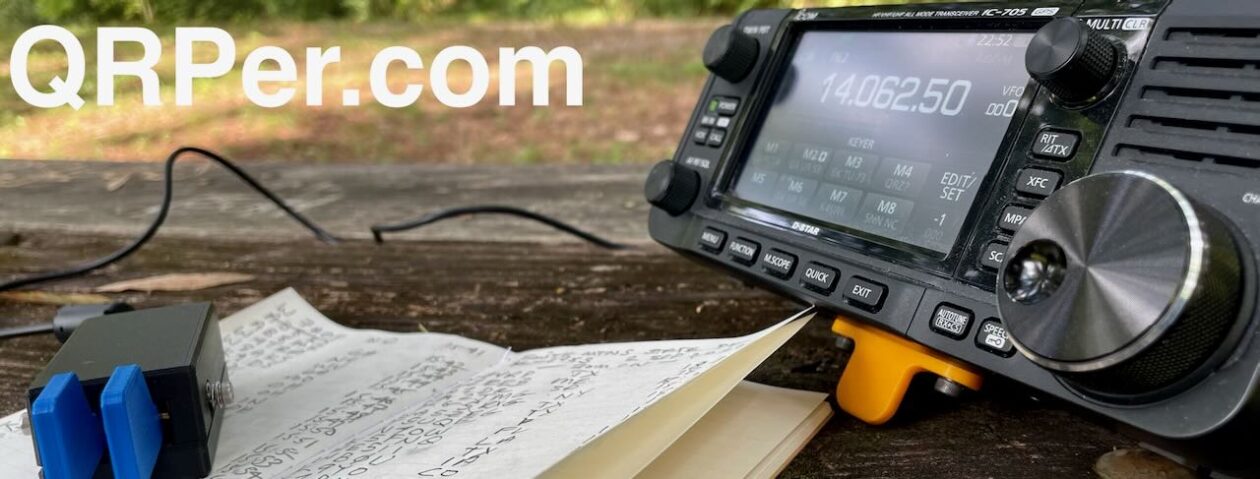 You might have noticed that I’ve been taking the Elecraft AX1 antenna out quite a lot recently. At time of posting, I’ve almost used it for a month’s worth of activations.
You might have noticed that I’ve been taking the Elecraft AX1 antenna out quite a lot recently. At time of posting, I’ve almost used it for a month’s worth of activations.
In December, I thought it might be fun to only use the AX1 for one 2023 calendar month–say, the month of March–but since I evaluate and review radios and antennas, it’s just not realistic to make that kind of commitment.
That said, I did decide to simply start using the AX1 as my primary field antenna for roughly a 30-ish day period and, so far, that’s working out very nicely. I thought it might give some real-world context and usage for those who still believe I’ve just been lucky the days I use the AX1 in the field. No better way to test that theory than to just do it!
Mini rove!
It’s been a while since I’ve had time to do a proper park rove. I hope to do a five park rove within the next month or so, if I can clear out space in the schedule. I find roves so much fun and a nice change of pace.
On Saturday, January 21, 2023, on the way back to my QTH in the mountains of WNC, I had just enough time to activate two parks in short order. Having just been challenged by a short activation window at the Vance Birthplace (which, turned into a normal length activation due to a schedule change in my favor) I thought it might be fun to once again, show the whole KX2/AX1 set-up and pack-up process in my activation video.
South Mountains State Park (K-2753)
 I chose South Mountains State Park as my first stop.
I chose South Mountains State Park as my first stop.
South Mountains has a number of public access points. I decided to drive to the main park entrance and set up at the equestrian picnic area. Choosing the main park entrance added about 15 minutes to my overall driving time; the Clear Creek access would have been quicker, but I’d been there only recently. Continue reading A quick two park KX2/AX1 POTA run starting at South Mountains State Park!
































